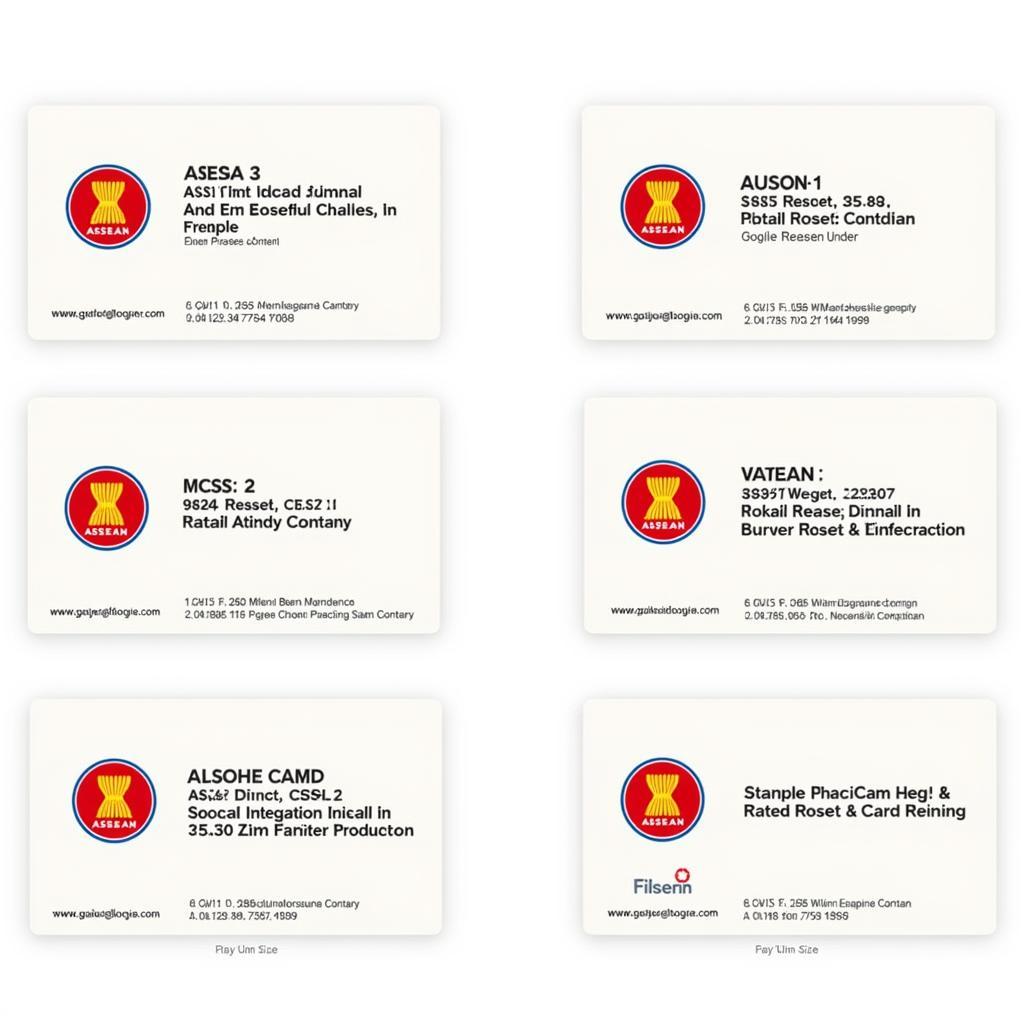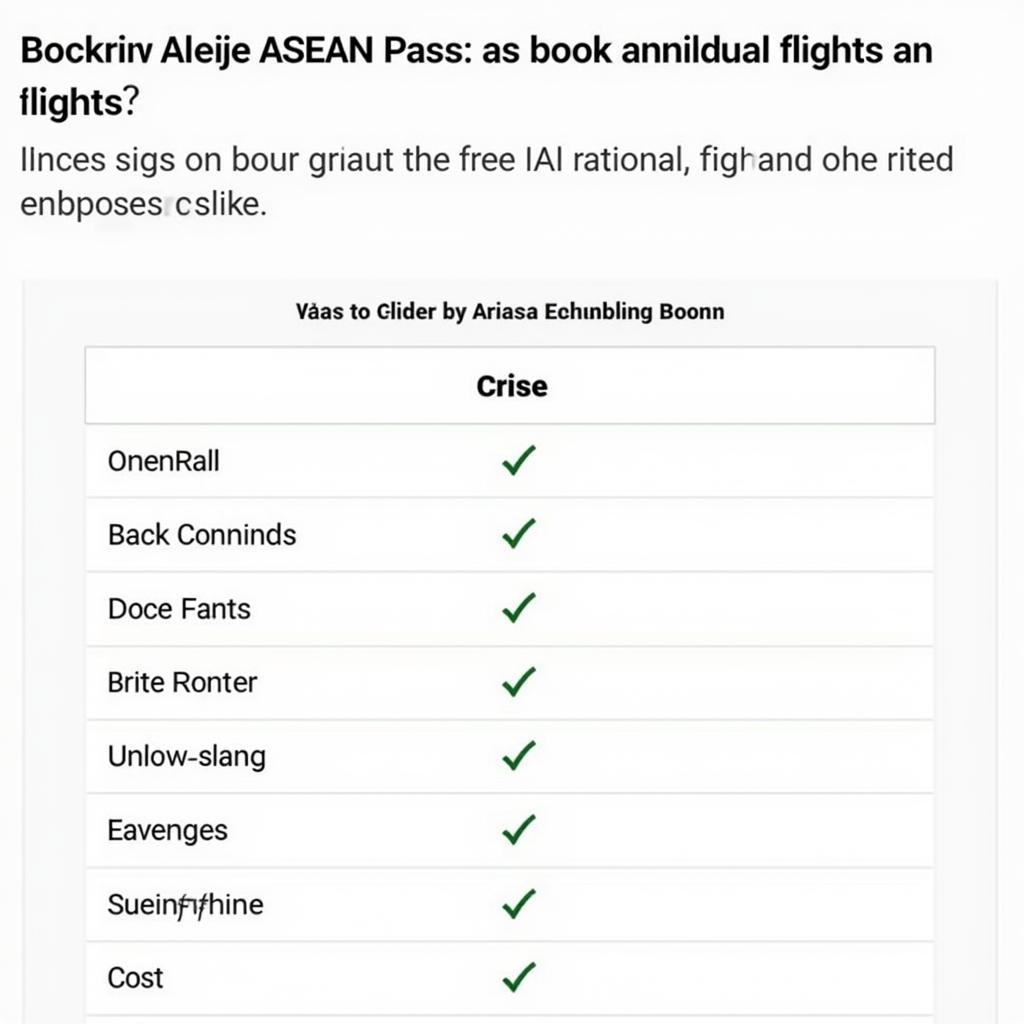ASEAN-Australia relations: the suitable status quo? This question has been debated for decades, as the dynamic between the Southeast Asian bloc and the island nation continues to evolve. This article will delve into the intricacies of this relationship, exploring its historical context, current state, and potential future trajectories.
A Historical Perspective on ASEAN-Australia Relations
Australia’s engagement with Southeast Asia predates the formation of ASEAN itself. Early interactions focused primarily on trade and security, with Australia playing a significant role in the post-World War II regional order. The establishment of ASEAN in 1967 marked a turning point, providing a framework for more structured and multilateral engagement.
Early Days of Partnership
Initial collaborations focused on development assistance, with Australia providing significant aid to ASEAN member states. This support aimed to foster economic growth and regional stability, reflecting Australia’s strategic interest in a prosperous and peaceful Southeast Asia.
Evolving Engagement
Over time, the relationship broadened beyond development assistance to encompass a wider range of areas, including trade, investment, education, and cultural exchange. The signing of the ASEAN-Australia Comprehensive Partnership Agreement in 2005 further solidified this multifaceted engagement.
The Current State of ASEAN-Australia Relations: Maintaining the Status Quo?
Today, ASEAN-Australia relations are characterized by a complex interplay of cooperation and competition. While both sides share common interests in regional stability and economic prosperity, there are also differences in perspectives and priorities. Is the current status quo truly suitable, or does the relationship require recalibration?
Economic Cooperation and Trade
Economic ties remain a cornerstone of the relationship. Australia is a significant trading partner for ASEAN, and both sides benefit from the flow of goods, services, and investments. The ASEAN-Australia-New Zealand Free Trade Area (AANZFTA) has further enhanced economic integration.
Security Cooperation and Challenges
Security cooperation is another crucial aspect. Both ASEAN and Australia are concerned about regional security challenges, including terrorism, transnational crime, and maritime disputes. However, there are nuanced differences in approaches to these issues.
The Question of Strategic Alignment
Australia’s increasingly close security ties with the United States and other Western powers have raised questions within ASEAN about its strategic alignment. Some ASEAN members view Australia’s actions as potentially exacerbating regional tensions, while others welcome its role as a security partner. Is this alignment beneficial for maintaining the status quo in ASEAN-Australia relations?
The Future of ASEAN-Australia Relations
The future of ASEAN-Australia relations will depend on how effectively both sides manage their shared interests and diverging priorities.
Navigating the Geopolitical Landscape
The evolving geopolitical landscape presents both opportunities and challenges. The rise of China, the shifting balance of power, and the increasing complexity of regional security dynamics will require ASEAN and Australia to navigate carefully and strategically.
Strengthening People-to-People Links
Beyond government-to-government interactions, fostering stronger people-to-people links is crucial. Increased cultural exchange, educational collaborations, and tourism can build greater understanding and trust between the peoples of ASEAN and Australia.
Conclusion
ASEAN-Australia relations: the suitable status quo? The answer is complex. While the current framework provides a solid foundation, the relationship requires constant adaptation to address emerging challenges and opportunities. A more nuanced and proactive approach is needed to ensure that this important partnership continues to flourish in the years to come.
FAQ
- What is the main trade agreement between ASEAN and Australia? (AANZFTA)
- What are some key areas of cooperation between ASEAN and Australia? (Trade, security, education, development)
- What are some challenges in the ASEAN-Australia relationship? (Differing strategic priorities, navigating geopolitical tensions)
- How can people-to-people links be strengthened between ASEAN and Australia? (Cultural exchange, educational programs, tourism)
- What is the significance of the ASEAN-Australia Comprehensive Partnership Agreement? (Solidified multifaceted engagement)
- What role does Australia play in regional security in Southeast Asia? (Security partner, but with varying perceptions within ASEAN)
- How can ASEAN and Australia navigate the evolving geopolitical landscape? (Strategic dialogue, cooperation on shared interests)
Scenarios and Questions
Scenario 1: A regional security crisis emerges. How will ASEAN and Australia coordinate their responses?
Scenario 2: A trade dispute arises between an ASEAN member state and Australia. How will this be resolved?
Scenario 3: China increases its influence in Southeast Asia. How will this impact ASEAN-Australia relations?
Further Exploration
Explore other articles on our website related to ASEAN geopolitics, economic cooperation, and Australia’s foreign policy.
Contact Us
For support, please contact us: Phone: 0369020373, Email: [email protected] Or visit us at: Ngoc Lien Village, Hiep Hoa, Bac Giang, Vietnam. We have a 24/7 customer support team.


